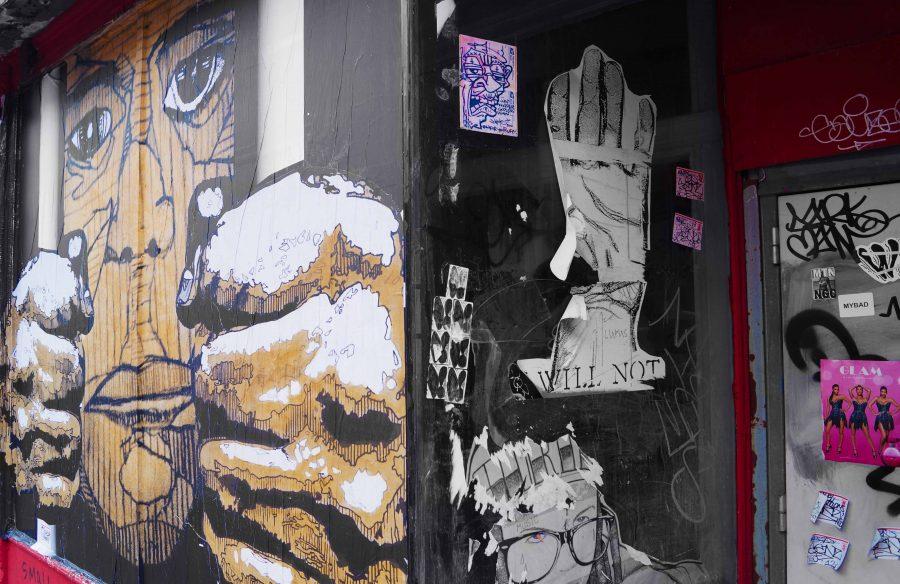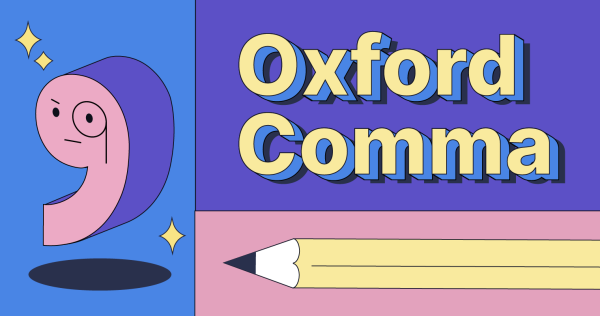The vicious cycle between prison and poverty
Recently released inmates often have few employment or lodging opportunities. This leaves them trapped in poverty and fuels recidivism.
March 13, 2017
According to the International Center for Prison Studies, 161 out of 100,000 U.S. residents were incarcerated in 1972; in 2016 that number quintupled to just over 700 of 100,000.
The United States boasts the highest ratio of incarcerated residents in the world, with just under 5 percent of the world’s population and 25 percent of the world’s prisoners.
These startling facts have direct correlation and causation to poverty in the United States.
In fact, most Americans who are in the prison system are well within the lowest income bracket.
According to the Prison Policy Initiative (PPI), “in 2014 dollars, incarcerated people had a median annual income of $19,185 prior to their incarceration.”
What are the contributing factors behind these staggering statistics? What are the intersections between trends in poverty and imprisonment, both before and after incarceration?
PPI Senior Policy Analyst Bernadette Rebuy presented well-documented research demonstrating that uneducated individuals without job training who go to prison have a higher chance of reincarceration.
The impoverished, who statistically have less education and job training than the affluent, are therefore at a higher risk of incarceration. This perpetuates the foundation of the vicious cycle between poverty and incarceration.
The PPI goes on to note, “… incarcerated people in all gender, race, and ethnicity groups earned substantially less prior to their incarceration than their non-incarcerated counterparts of similar ages.”
Certain laws target and disproportionately affect individuals who cannot afford an attorney. For example, mandatory minimums for drug possession abet the cycle of poverty and incarceration.
In the late 1970’s and early 1980’s, acts were introduced which vastly limited a judge’s ability to use discretion and leniency when giving sentences for minor drug offenses.
The Sentencing Reform Act and Armed Career Criminal Act, both passed in 1984, are two examples of federal law that require mandatory minimum sentences.
These pieces of legislation require a minimum of 15 years for possession of most narcotics or an illegal firearm. These are by no means the only mandatory minimum laws, but they set the foundation for the war on drugs and hyper-expansion of incarceration among drug users.
Although some argue the minimum sentences discourage drug use, research from across the political spectrum suggests these laws failed to reduce drug use at any substantial rate, including from the conservative think tank The Heritage Foundation.
Paul Larkin is a senior research fellow with The Heritage Foundation. In a report titled “Reconsidering Mandatory Minimum Sentences,” Larkin stated, “In many drug operations, if a low-level offender is incapacitated, another may quickly take his place through what is known as the ‘replacement effect.’”
Mandatory minimums leave individuals jobless, uneducated and separated from family because of often inconsequential and nonviolent mistakes.
Alongside mandatory minimums and superfluous drug laws, excessive punitive fees and fines for committing a crime make it harder for the offender and their family to end the cycle of poverty.
The Harvard Law School Criminal Justice Policy Program has proposed several reforms to help alleviate this problem. One is a reform of the cash bail system.
Harvard Law School states: “Jailing pretrial defendants based on their inability to pay bail can cause individuals to lose their jobs, housing, or child custody, and it can have adverse effects on their criminal cases.
“…reforms [need to be] based on ‘risk-based’ approaches to bail, discussing in detail the policy and legal considerations surrounding pretrial supervision, actuarial risk assessment, and preventive detention.”
There is no universal answer for each individual case, judges need the option of leniency and discretion in order to make fitting decisions on the accused’s bail and sentencing.
These issues aren’t just prevalent in inner cities, but within our own communities.
Associate Professor of Economics at the University of Washington Bothell Nelson LaPlante gave his opinion on the issue of the local criminal justice system: “Many people around here go through this all the time, they are forced to start over even if never charged with a crime. They just weren’t able to make the bail because they were poor to begin with, so they had to sit in jail awaiting a court date for a month or more … Being convicted of any crime (even minor nonviolent offenses) diminishes your chances of good future employment, having a cyclic effect of poverty.”
Over-criminalization, mass incarceration and their contributions to the vicious cycle of poverty are not something the U.S. can simply sweep under the rug.
The U.S. needs to address mandatory minimums, archaic drug laws and bail system, and have more discretion in the courts.
While these reforms can be accomplished through legislative reform, Americans first need to have a hard open discussion on the cycle of incarceration and poverty.




